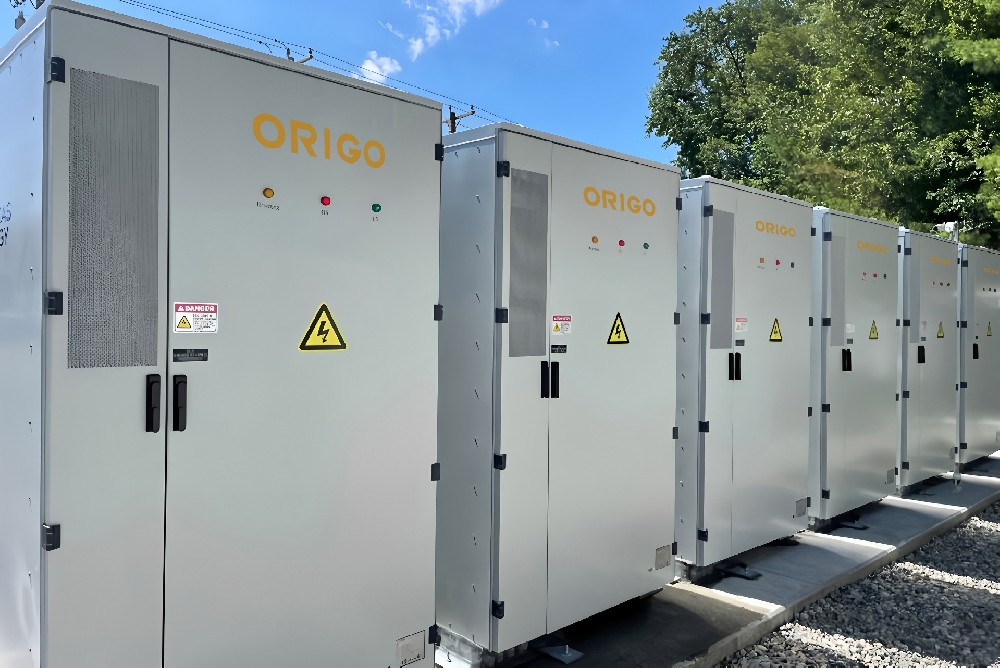Lithium-Ion Battery Care Guide
The US energy storage market is booming: In the third quarter of 2024, new installations reached 3806 MW (equivalent to over 3,800 large-scale equipment), and the market size is expected to reach 38 GWh in 2025 (enough to supply electricity for one day for millions of households). Policy incentives and market reforms have helped enhance the industry's competitiveness. California and Texas lead the way with 9920 MW and 4832 MW of installations respectively, like two "energy warehouses" driving nationwide deployment.
① PPA (Long-term Order Model): Developers and power companies or large customers sign "long-term power sales contracts", similar to restaurants and enterprises signing annual meal supply agreements, ensuring stable cash flow;
② Power arbitrage (Low-price High-price Model): Taking advantage of low electricity prices to "stockpile electricity" and selling it during peak hours, like vegetable vendors stocking up during low prices and selling during price increases, making profits from price differences;
③ Ancillary services (Grid Guardian Model): The energy storage system acts as a "stabilizer" for the grid, helping to regulate frequency and respond to electricity demand at any time, making the grid like a smooth highway;
④ Virtual power plant (Resource Alliance Model): Gathering scattered small energy sources (such as household photovoltaic systems) into a "large alliance", participating in the power market together, like combining scattered small stores into a chain brand;
⑤ Lease/Share Model: Users rent energy storage equipment monthly (similar to renting a power bank), or multiple users "pool" one set of energy storage resources to reduce costs and improve utilization rates.
These models combine market demand, grid dispatch, and policy incentives, like building blocks, to create the continuous growth of the energy storage industry.







